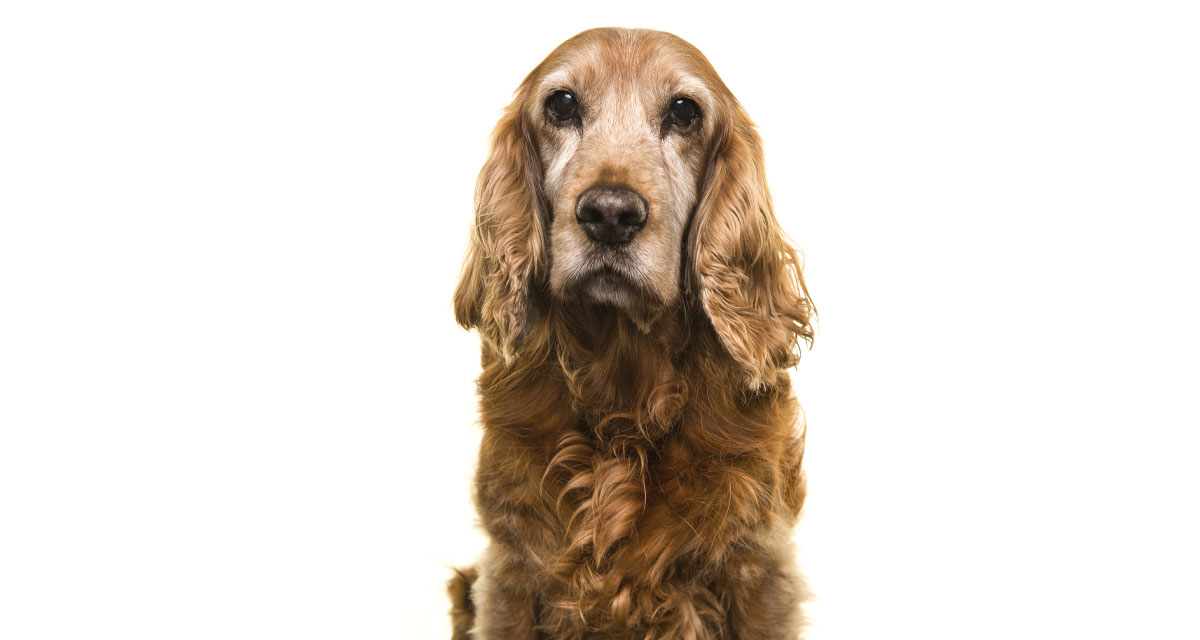Every day with a four-legged friend is a gift of time. By the first birthday, a playful ball of energy is equivalent to a 15-year-old; after three years, she’ll reach the human age of 28. The methylation-based formula is a useful tool to evaluate anti-aging interventions. Six marks the beginning of the senior years, when weight becomes a factor to measure age. According to the equivalent age of humans, a Boston terroir, a small breed, adds four years per calendar year, a golden retriever increases by six years, while a Great Pyrenees’ age escalates to nine.
Health Profile
As years blur from one to another, dogs can show symptoms of age-related problems, such as a loss of hearing, declining vision, reduction in mobility, and cognitive impairment. An excellent way to understand your dog’s health is to schedule annual exams, including investing in lab work. From the initial baseline, screening offers a comparison to alert us to the identification of changes that may require treatment or further testing.
Eight Calendar Years: Small dogs, equivalent to 48 human years old; medium weight, 51 years old; and large breeds, 55 years old.
Body Map
The beautiful long, silky locks of border collies, cocker spaniels, English setters, and various breeds of sheepdogs and terriers have a downside. They can conceal developing cysts, tumors, and skin conditions. Without shaving, you will need to rely on your sense of touch and carefully watching whether your canine begins to start chewing or scratching a specific area. Create a 3-D drawing of your four-legged friend to indicate regions of known lumps, suggesting size, and coloring if possible. Bringing specific areas to your veterinarian’s attention can start a paper trail or the beginning of immediate treatment.
Weight and Exercise
Your dog’s weight connects to mobility. Extra pounds on a six-year-old canine creates added stress on their joints and internal organs, and presents risk for various health problems, including skin infections, heart disease, immune suppression, diabetes, orthopedic, and arthritic disorders. Dietary changes can impact longevity; therefore, begin by minimizing daily food portions and eliminating table scraps. Rather than offering prepackaged treats, provide nutritious foods, such as blueberries, mashed sweet potatoes, unsalted peanut butter, apples, and white rice. Older pets require readily digestible foods that offer different calorie levels and anti-aging ingredients.
Join in the regimen of exercise by adopting a daily routine of walking. Find safe walking trails not too far from home, and dog parks, which allow canines to run freely while meeting new friends. Large breeds are susceptible to arthritis and hip dysplasia. Maintaining an ideal body weight coupled with an active lifestyle can minimalize health problems.
Ten Calendar Years: Small dogs, equivalent to 56 human years; medium weight, age 60; and large breeds, age 66.
Behavioral and Cognitive Changes
Hide and seek is an insightful game to play inside and outdoors with your pet. The activity, while fun to be “found,” measures acute hearing and vision. In the senior years, owners may notice her barking at an invisible object, appearing lost, pacing, and no longer responding to visitors, or verbal commands. The condition is “canine cognitive dysfunction,” similar to the human version of Alzheimer’s. Studies suggest a well-balanced therapeutic dog food with omega-3 fatty acids; interactive games, like puzzle toys and food-dispensing balls; and plenty of walks to promote mental stimulation. Since there is no single solution for a complex disease, caregivers must continue to make adjustments.
Fifteen Years: Small dogs, equivalent to 76 human years; medium weight, age 83; and large breeds, age 93.
Senior Years
The human-animal bond is ever-present from puppyhood through the trials of old age. Similar to an elder member of the family, our four-legged friends cannot thermoregulate changes in temperature and occasionally have bathroom accidents. Changes arrive with the decision to surrender to medications, doggy diapers, and restraining belts for vehicles. The senior dog can still have an active lifestyle, just at a slower gait!



















